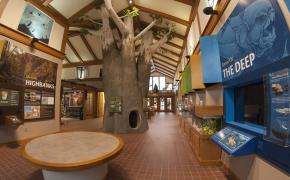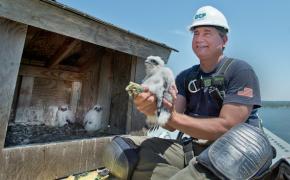Confronting the Plight of Pollinators
Diversity, history, status, and distribution of pollinator species are keys for containing a looming crisis
The thousands of diminutive creatures—bees, birds, butterflies, bats, and the like—that keep our ecosystems in proper working order will soon be seeing the federal support that could help stem the nation’s mounting pollinator crisis. The alarming decline in native pollinator populations—most notably, honey bees and monarch butterflies—spurred President Barack Obama to launch a wide-ranging initiative requiring more than a dozen federal agencies to go further to protect and restore these crucial species.
“Given the breadth, severity, and persistence of pollinator losses, it is critical to expand Federal efforts and take new steps to reverse pollinator losses and help restore populations to healthy levels,” the June 20 memorandum reads.
Sweat bees (see photo gallery) are one of the more obscure pollinator species that NatureServe believes need more scientific scrutiny.
Not Just Bees and Butterflies
Insects comprise most of the 200,000 pollinator species, but roughly 1,000 are vertebrates such as hummingbirds, bats and small mammals. All told, these pollinators sustain plant species all over the world, including many of our most essential food crops. One in three bites of food and roughly three-quarters of all flowering plants trace directly back to the work of a pollinating species of animal.
“Most folks are aware of the role pollinators play in producing our food, but I think what people are less aware of is just how many native plants depend on the unique pollinators we have in this country,” says Anne Frances, NatureServe’s lead botanist. “The pollinator issue goes way beyond iconic species like honeybees and monarchs. There are native pollinator species that have also seen big declines that we should be concerned about. Invertebrate pollinators and certain plant groups tend to be not very well-studied, compared to some of our other species like birds or mammals.”

